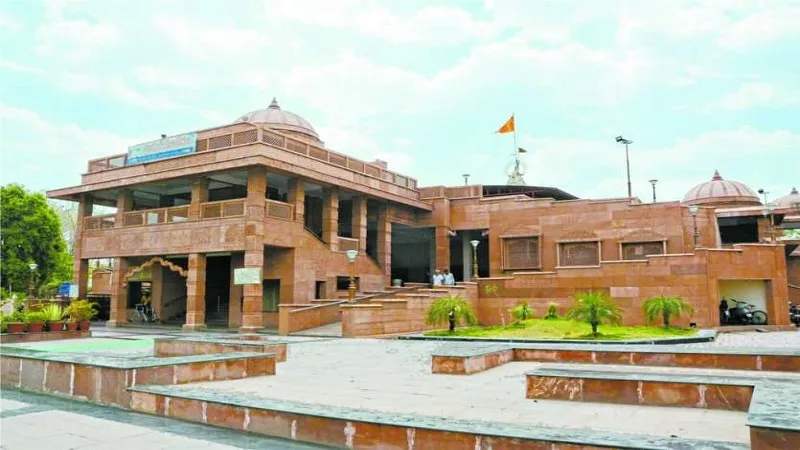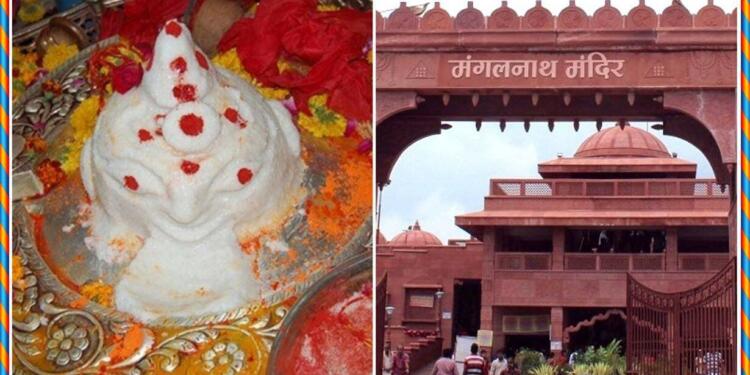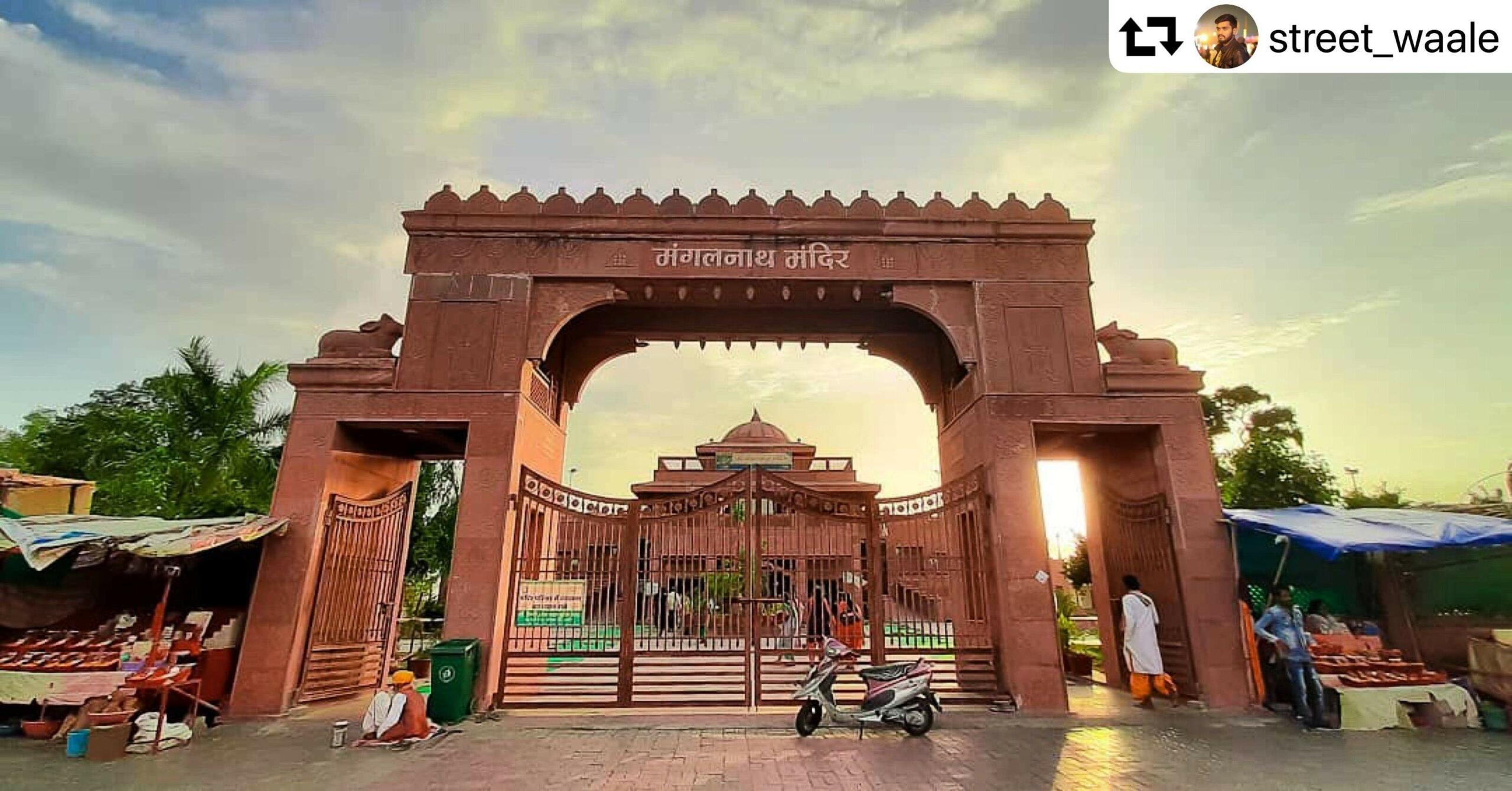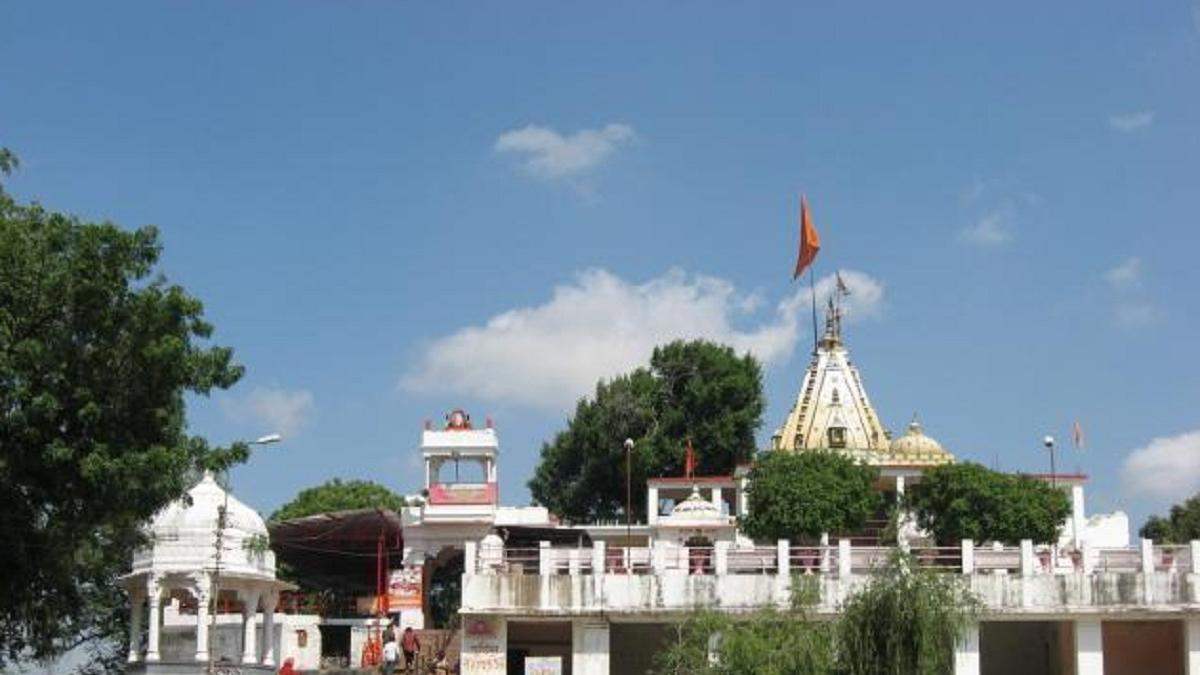Mangalnath Mandir Ujjain – Guide
The Mangalnath Mandir is situated on a hillock on the banks of the Kshipra River in Ujjain. This temple is the only temple in the world dedicated to Lord Mangala. According to Indian astrology, Lord Mangala represents the planet Mars. Mangalnath Mandir Ujjain is also known for its beautiful landscape due to its location on the hill which is one of the best places to visit in Ujjain. It is believed that those people who have Mars defect in their horoscope, they come to this temple to perform Mangalnath Puja for the peace of their malefic planets.
History of this Temple
The history of famous Mangalnath Mandir of Ujjain is believed to be many centuries old, which was rebuilt by the Scindia royal family. According to the Matsya Purana, the Mangalnath temple is located at the place where Lord Shiva had a violent battle with the demon Andhakasura and, during the fight, a drop of sweat from Lord Shiva’s forehead fell on the ground, forming the Shiva Linga installed in the temple. Happened.
Mangalnath Mandir of Ujjain holds special significance for the worship of the peace of the Navagrahas. The Bhaat Puja that takes place here is also considered very important. It is believed that by worshiping Mangalnath in this temple, one gets freedom from the malefic effects of Mars. Due to this belief, every year thousands of people, newly married couples come here to perform Mangalnath Puja.
Also Read: Shri Digambar Jain Lal Mandir, Timings, History, Travel Guide and How to reach
Mangalnath Mandir Ujjain Timings
Mangalnath Temple opens daily from 4.00 am to 8.00 pm, you can visit Lord Mangala anytime between this time to perform Mangalnath Puja.
| Saturday | 4 am–8 pm |
| Sunday | 4 am–8 pm |
| Monday | 4 am–8 pm |
| Tuesday | 4 am–8 pm |
| Wednesday | 4 am–8 pm |
| Thursday | 4 am–8 pm |
| Friday | 4 am–8 pm |
Also Read: Morya Gosavi Mandir Morgaon, Timings, History, Travel Guide, and How to read
Place to visit near this Temple
Harsiddhi Temple
You will see a lot of Maratha influence here as the temple was in ruins for a long time until the Marathas decided to rebuild it. This temple is also believed to be one of the Shaktipeeths, meaning the elbow of Goddess Parvati fell here. The unique part of the temple is that it is completely painted red. There is also an idol of Goddess Annapurna amidst the idols of Mahasaraswati and Mahalakshmi. It is one of the must visit places in Ujjain.
Kaliyadeh Palace
This beautiful palace is actually situated on an island in the Shipra River. It was built by the Mandu rulers in 1458 AD. There are many Persian inscriptions inside this monument, the architectural style also has a lot of Persian influence. Once Emperor Akbar and Jahangir also came to visit this beautiful palace. Now the palace has become dilapidated with time.
Pir Matsyendranath
It is also situated on the banks of Shipra river. This palace was built in the memory of Matsyendranath, the greatest leader of the Nath sect of Shaivism. This place is ancient and was built in 6th or 7th century BC. It is one of the most famous attractions of the city of Ujjain.

Also Read: Khajuraho ka Mandir, Timings, History, Travel Guide and How to reach
How to reach Mangalnath Mandir, Ujjain
By Air- The nearest airport to Ujjain is Maharani Ahilya Bai Holkar Airport of Indore, which is situated at a distance of about 56 km from Ujjain.
By Train- Ujjain Junction Railway Station is a major railway station which is connected by train routes to all the major stations of the country. It is located at a distance of about 6.0 kilometers from the railway station. From here you can reach Mangalnath Mandir, Ujjain with the help of local transport.
By Road- Regular bus services are available from major cities of MP to Ujjain, super fast and deluxe buses are also available in these routes. Apart from this, if you want to travel by your private vehicle, then tell that the roads connecting Ujjain to the main cities of India are Agar Road, Indore Road, Dewas Road, Maksi Road and Badnagar Road.
Subscribe our TFI Dharma YouTube channel to watch Devotional videos because we are here to serve Sanatana Dhrama: TFIDHARMA



































